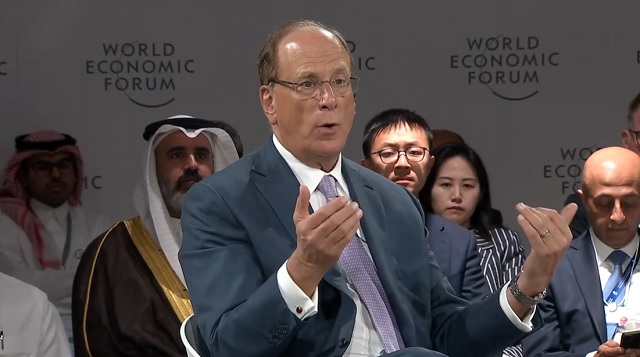Many Countries Are Beginning to Drift Towards Negative Interest Rates
by Tom Lewis, Gold Telegraph:

The world is currently navigating through uncharted economic waters as the coronavirus lockdown has sent many economies globally into a significant recession. Historic monetary and fiscal policy has been deployed these last few months, which seems to be far from over.
Now many economies are beginning to consider negative interest rates due to the lack of options to combat a recession. Historically, Central Banks would have the option to dramatically cut rates to help stimulate the economy, but today throughout all major economies, interest rates are already at extreme lows.
So, if you are not familiar with negative interest rates, you might be confused as to what they even are. Well, just think of it as standard interest rates but in reverse. Negative interest rates happen when a central bank cut their overnight rate to below zero.
Traditionally, when there is a positive interest rate, many financial institutions store their excess cash at a central bank for safekeeping. Typically, those institutions earn a small return on those funds, but in a negative rate environment, the banks get charged by the central bank for storing dollars. That increases the institution’s overall costs. It’s not that the central bank wants the money; instead, they’re penalizing banks for hanging on to their cash instead of lending it out. They want people and businesses to borrow more—at ultra-low rates—which should then, in theory, help with economic growth.
The first country to implement negative interest rates was Sweden. In July 2009, the Riksbank cut its overnight deposit rate to -0.25%. The European Central Bank (ECB) followed in June 2014 when it lowered its deposit rate to -0.1%. As well, Demark, Switzerland, and Japan have implemented negative interest.
Things have gotten so bizarre that when you exclude the United States from the global IG index, it shows that 43% of global bond markets outside the US trade at negative yields.

This is a stunning statistic; this showcases that 43% of outstanding bonds will outright lose money after purchase. This leads to a major dislocation of capital and malinvestment from market participants as they are now desperate to obtain yield.
Which countries might implement negative interest rates next? Well, it seems quite a few countries are hinting that they will apply this unconventional policy in the near future.
Australia:
Interest rates in Australia have been at a record low of 0.25% since March, and are just one cut away from zero.
Any lower and the cash rate will be in negative territory for the first time in Australia.
Westpac chief economist Bill Evans, a former research manager with the Reserve Bank of Australia, said sub-zero rates were possible with the government bracing for a recession in 2020 for the first time in 29 years as a result of COVID-19.
Until we get more clarity around the way in which the economy develops, the current policy is appropriate,’ he said.
‘However, a serious case can be made for the RBA to consider further cuts and entering negative territory for the cash rate if it becomes apparent that the economy is deteriorating even more than is currently expected.’
New Zealand:
With Australia flirting with the idea of negative rates, of course, New Zealand would follow suit.
Australia’s big four banks are in discussions with the Reserve Bank of New Zealand about getting their systems ready for the potential introduction of negative interest rates, which the Kiwi central bank said “will become an option” early next year.
The reason this makes sense is that New Zealand’s banking system is already dominated by Australia’s major banks which are:


